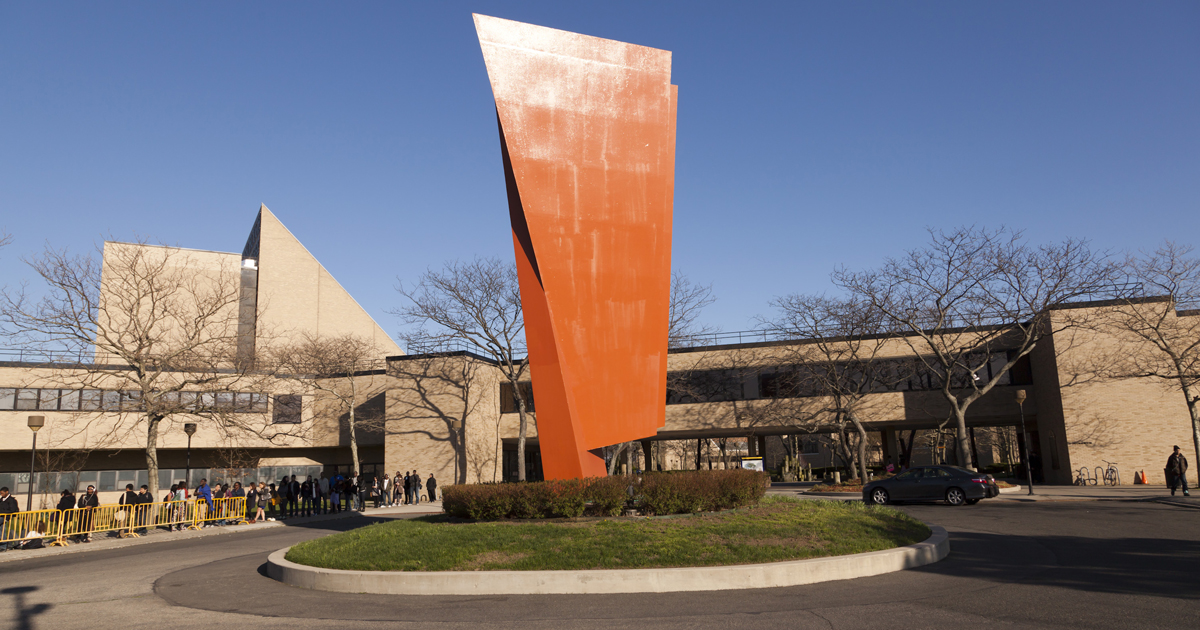Cost per Degree is Lower with ASAP
Doubling Graduation Rates
Three-Year Effects of CUNY’s Accelerated Study in Associate Programs (ASAP) for Developmental Education Students

Community colleges offer a pathway to the middle class for low-income individuals. Although access to college has expanded, graduation rates at community colleges remain low, especially for students who need developmental (remedial) courses to build their math, reading, or writing skills. Many reforms have been found to help students in the short term, but few have substantially boosted college completion. The City University of New York’s (CUNY’s) Accelerated Study in Associate Programs (ASAP), launched in 2007 with funding from the New York City Center for Economic Opportunity, is an uncommonly comprehensive and long-term program designed to help more students graduate and help them graduate more quickly.
ASAP represents both an opportunity and an obligation for students. It was designed to address multiple potential barriers to student success and to address them for up to three years. ASAP requires students to attend college full time and encourages them to take developmental courses early and to graduate within three years. The program provides comprehensive advisement from an adviser with a small caseload and enhanced career services and tutoring. ASAP offers blocked or linked courses for the first year and offers a seminar for the first few semesters, covering topics such as goal-setting and study skills. The program provides a tuition waiver that fills any gap between financial aid and college tuition and fees. It also provides free MetroCards for use on public transportation, contingent on participation in key program services, and free use of textbooks.
This report presents results from a random assignment study of ASAP at three CUNY community colleges: Borough of Manhattan, Kingsborough, and LaGuardia. Low-income students who needed one or two developmental courses were randomly assigned either to a program group, who could participate in ASAP, or to a control group, who could receive the usual college services. Comparing the two groups’ outcomes provides an estimate of ASAP’s effects. Key findings from the report include the following:
- ASAP was well implemented. The program provided students with a wide array of services over a three-year period, and effectively communicated requirements and other messages.
- ASAP substantially improved students’ academic outcomes over three years, almost doubling graduation rates. ASAP increased enrollment in college and had especially large effects during the winter and summer intersessions. On average, program group students earned 48 credits in three years, 9 credits more than did control group students. By the end of the study period, 40 percent of the program group had received a degree, compared with 22 percent of the control group. At that point, 25 percent of the program group was enrolled in a four-year school, compared with 17 percent of the control group.
- At the three-year point, the cost per degree was lower in ASAP than in the control condition. Because the program generated so many more graduates than the usual college services, the cost per degree was lower despite the substantial investment required to operate the program.
ASAP’s effects are the largest MDRC has found in any of its evaluations of community college reforms. The model offers a highly promising strategy to markedly accelerate credit accumulation and increase graduation rates among educationally and economically disadvantaged populations.







